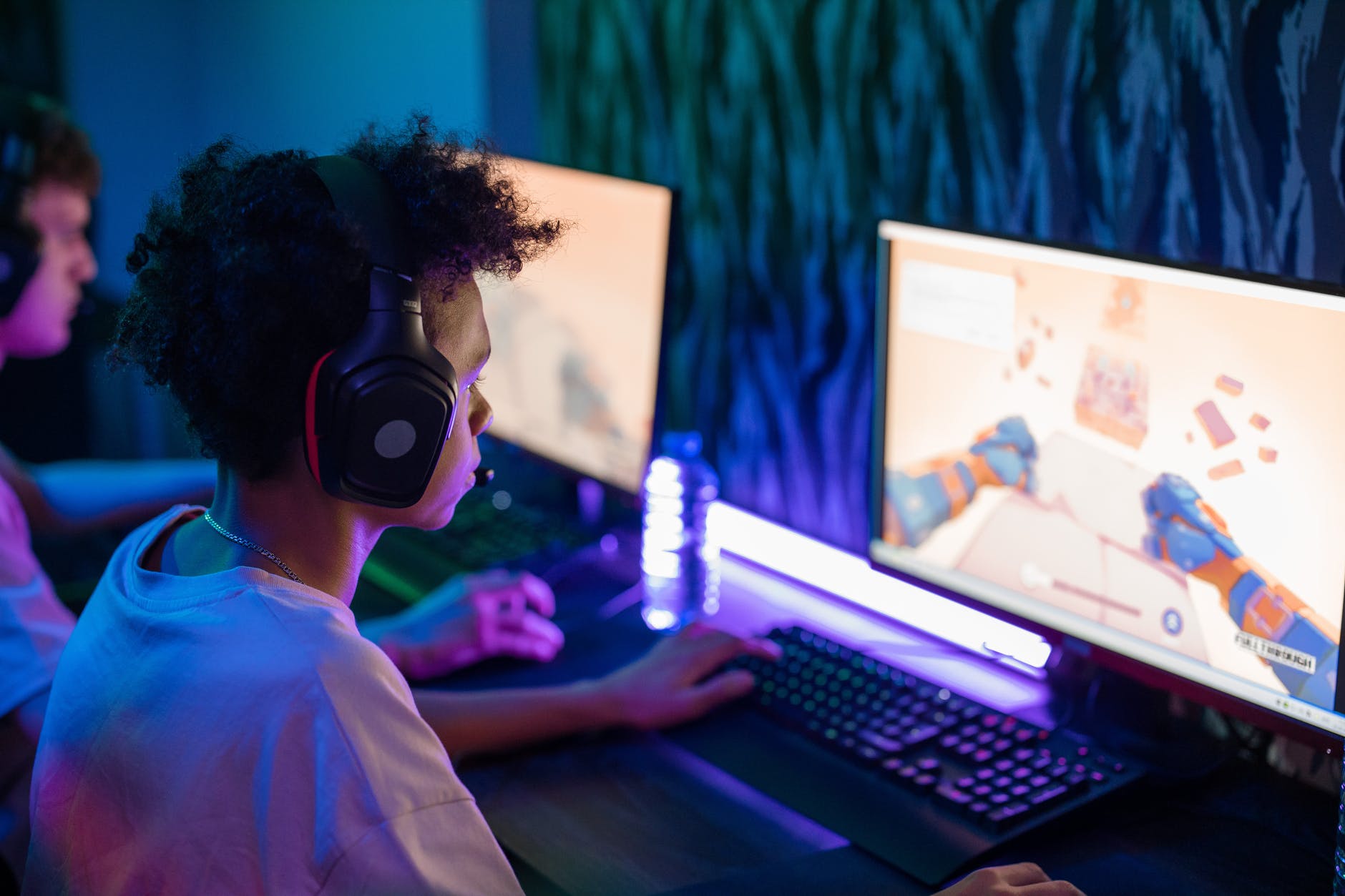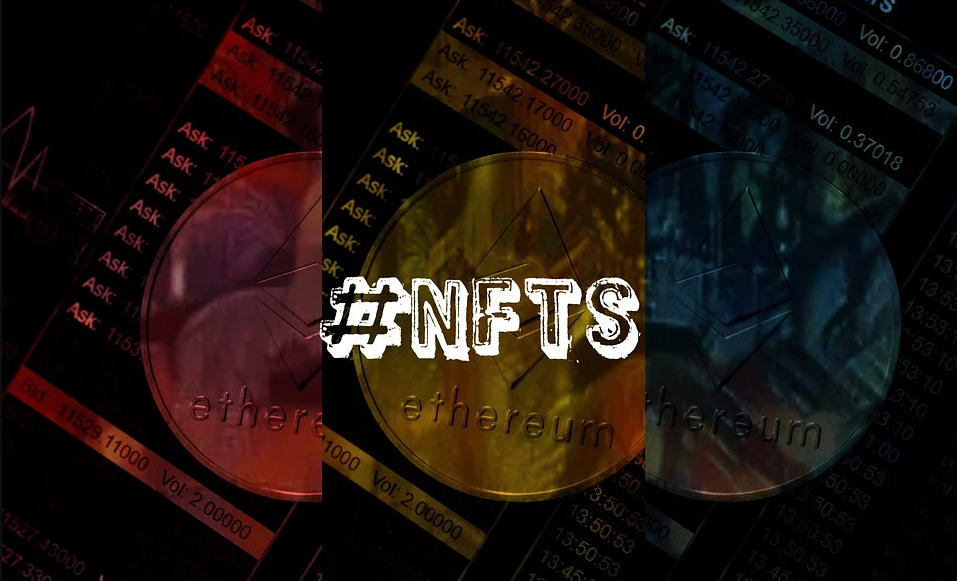The oracle network could redefine the future of the decentralized finance world by delivering real-world data to smart contracts that run on blockchain technology.
You must have seen a shedload of encyclopedias in a friend’s home or from a library. If you had opened an encyclopedia, you would be welcomed by plenty of information on the subject matter the page is all about.
Internet works just like an encyclopedia — an information tool on an all-inclusive range of topics— except that it needs a massive online library that will hold each and every piece of data and information.
Now, how is this relevant to Oracles? Before diving deep into what into the topic, it will be helpful to understand blockchain and smart contracts first.
Blockchain and Smart Contracts in Simple Terms
Blockchain is essentially a technology that stores data (usually transaction data) and stores their data in a section called a block. Every block contains data of the previous transaction and data after it.
Every blockchain has a smart contract, and these contracts are basically agreements within the blockchain. Users agree on a certain condition, and the blockchain executes action once the deal is met.
For instance, you buy a house through smart contracts, and the condition given by the other party is for you to pay a specific amount. Even if you pay a hefty amount of money, if it still doesn’t meet the condition, the contract will not carry out its mission to send you the deed of sale.
Advanced smart contracts can also write insurance contracts where you pay a monthly premium, and when an accident happens, like if the house burns, the smart contract will execute and pay you. Now, how will the blockchain know if your house burns down to ashes? This is where Oracles comes in.
What is the function of Oracle?
An “oracle” sends reliable reports and information from the outside world, like the number of political candidates received or daily temperature, to a blockchain such as Ethereum. Oracles are basically data feeds that link blockchain to real-world information, allowing querying of data in smart contracts.
Hence, the smart contract within the blockchain can make use of the data gathered outside to make a conclusion on whether to execute an action and to whom.
Putting it in simply, an oracle is a bridge between the real world and blockchain. It serves as a middleman.
Way back in the Medieval era, an “oracle” was someone who could use a crystal ball to make trusty predictions of the future for someone who asks of them. Regardless of whether you believe in this folktale or not, when it comes to people in the blockchain— they desire the same thing. They want someone to look deeper into something for them.
However, blockchains have limitations. It cannot see beyond its own code. It cannot browse and can’t cross-examine details on the internet but is simply coded to store transactions and data. However, smart contracts can be written in a way that depends on third-party information.
Here are some examples of where Oracles can come into play to bring forth massive changes:
Oracle on Stock Prices
Through Oracle, you can generate a token that follows the prices of the United States stocks, allowing investors from foreign countries to invest in stocks without the need for a Social Security Number (SSN), tax report, or other necessary requirements in stocks.
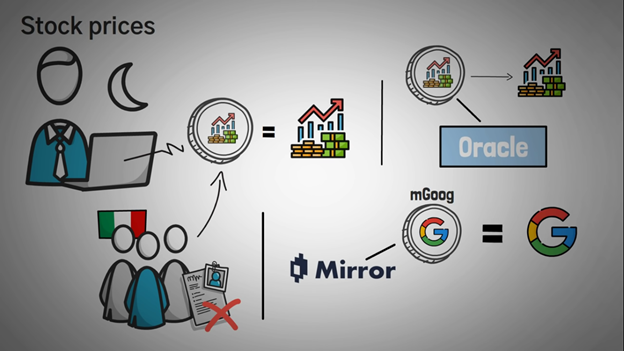
An oracle can be used to produce an artificial token that treads on the heels of a stock. The process can become quite complicated, but Mirror Protocol has managed to accomplish that.
There’s a token called the m-Goog token, which is the blockchain-based counterpart of real-world Google stocks. M-Goog token’s stock price tracks the prices of Google through a chain link. You could hold these tokens just as you would with actual Google stocks.
Oracle on Farming Insurance
Visualize that you are a farmer who plans to purchase crop insurance to ensure that you are protected in case of a drought or a long-running rainstorm.
Insurances require a monthly premium that goes into a pool of money stored with other insurance holders. If your crops dried up or didn’t grow a bit because of weather factors, you can receive tens of thousands of dollars from the smart contract insurance.
For the money to be released, Oracle is important since this would serve as the library of information where the smart contract will look in order to determine if there’s a drought or rainstorm.
Oracles and smart contracts can team up to revamp the traditional way of insurance through a decentralized method. This blockchain-based mechanism of insurance can be more affordable and reliable.
Oracle on Presidential Election
A website where people bet on who will be the winner of a presidential election is quite a feasible idea that already exists. But you can also take this kind of bet to the blockchain through blockchain technology and cryptocurrencies, which is an excellent and innovative idea.
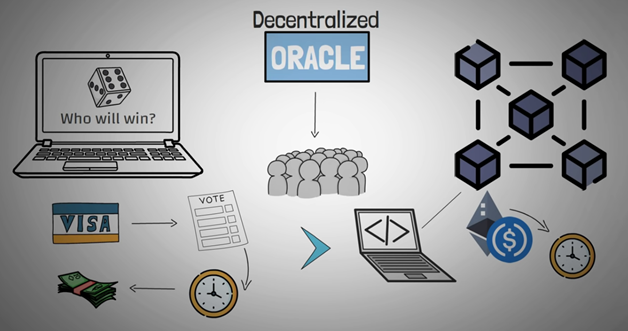
Rather than having people pay on your website through a credit card and manually give rewards to the poll winner, you could write a smart contract with code, host the bet right on Ethereum and allow the decentralized Oracle to do the work of paying out the winners.
Generally, an oracle assists an Ethereum smart contract to execute a series of tasks automatically.
The good thing about oracle is it doesn’t trust one data source. An oracle doesn’t just get a piece of information or data from one source because, if it does, the data technically becomes centralized.
Going back to the basics— no company or person can really take control of the blockchain, so there’s only one source of blockchain data. However, Oracle has chain links that are focused on supplying reliable real-world data from prices to temperatures and even the number of reads of this article.
Oracles is a decentralized information network that helps blockchains depart from their data nests to interact with the physical world. However, it is important to take note that blockchains can interact with the real world even without oracles, but the manual entry of data is necessary, which is quite a bit of a hassle. It carries painstaking risks for error as well.
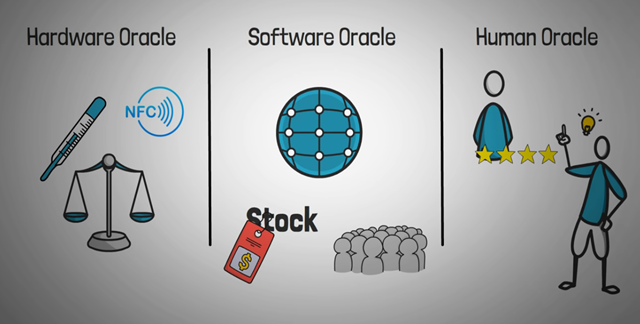
Three Categories of Oracles
There are various types of oracles, but these three categories are the primary specialization of these oracles.
-
Hardware Oracles
Oracles in this category read information through real-world sensors. It may be by means of a thermometer, an NFC tag, or a weighing scale. These hardware oracle cryptocurrency projects are designed to monitor real-world events on which particular transactions are contingent. Once a certain event takes place, a transaction will be executed according to the terms and conditions.
-
Software Oracles
Software oracles collect and gather information from the web—for instance, website users or stock market data. Once all data gets collected, they will be transferred to the blockchain. Since there is relative unreliability of information on the world wide web, the data undergoes verification. Through dedicated protocols (such as TLSNotary), oracles can cryptographically vouch for the data’s origin.
-
Human Oracles
In this category belong human oracles that consolidate data. This includes ideas from experts or reviews.


